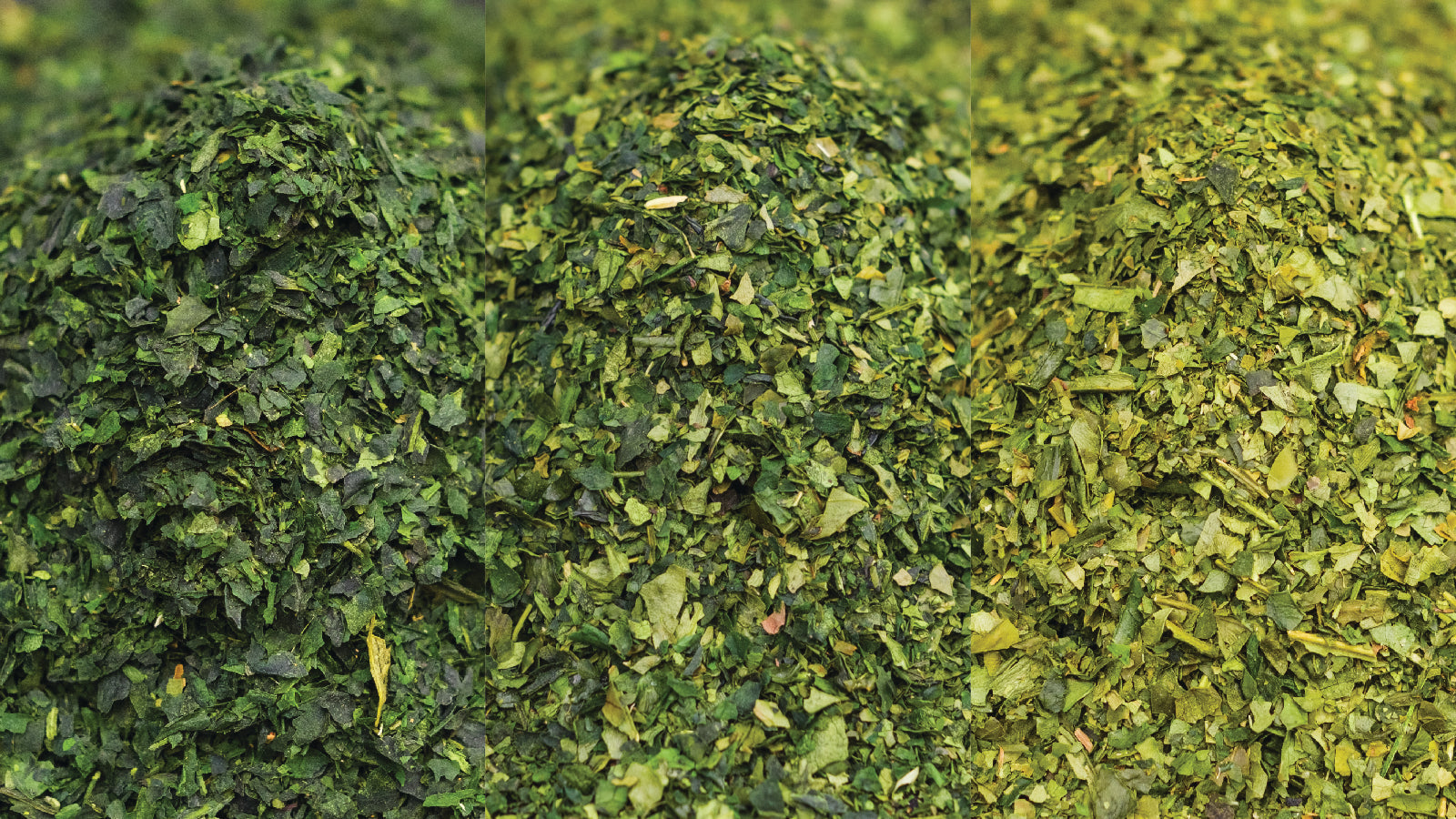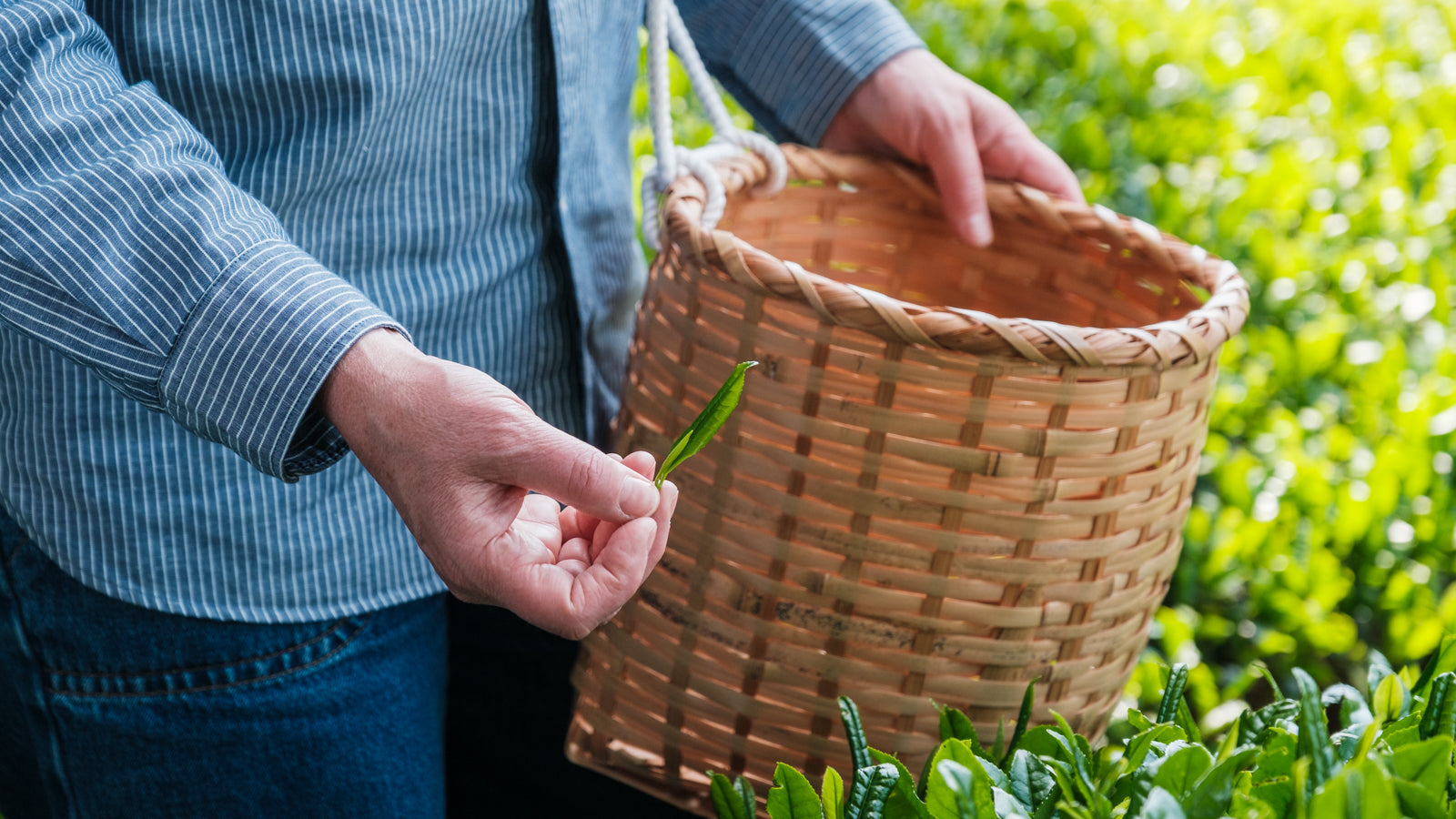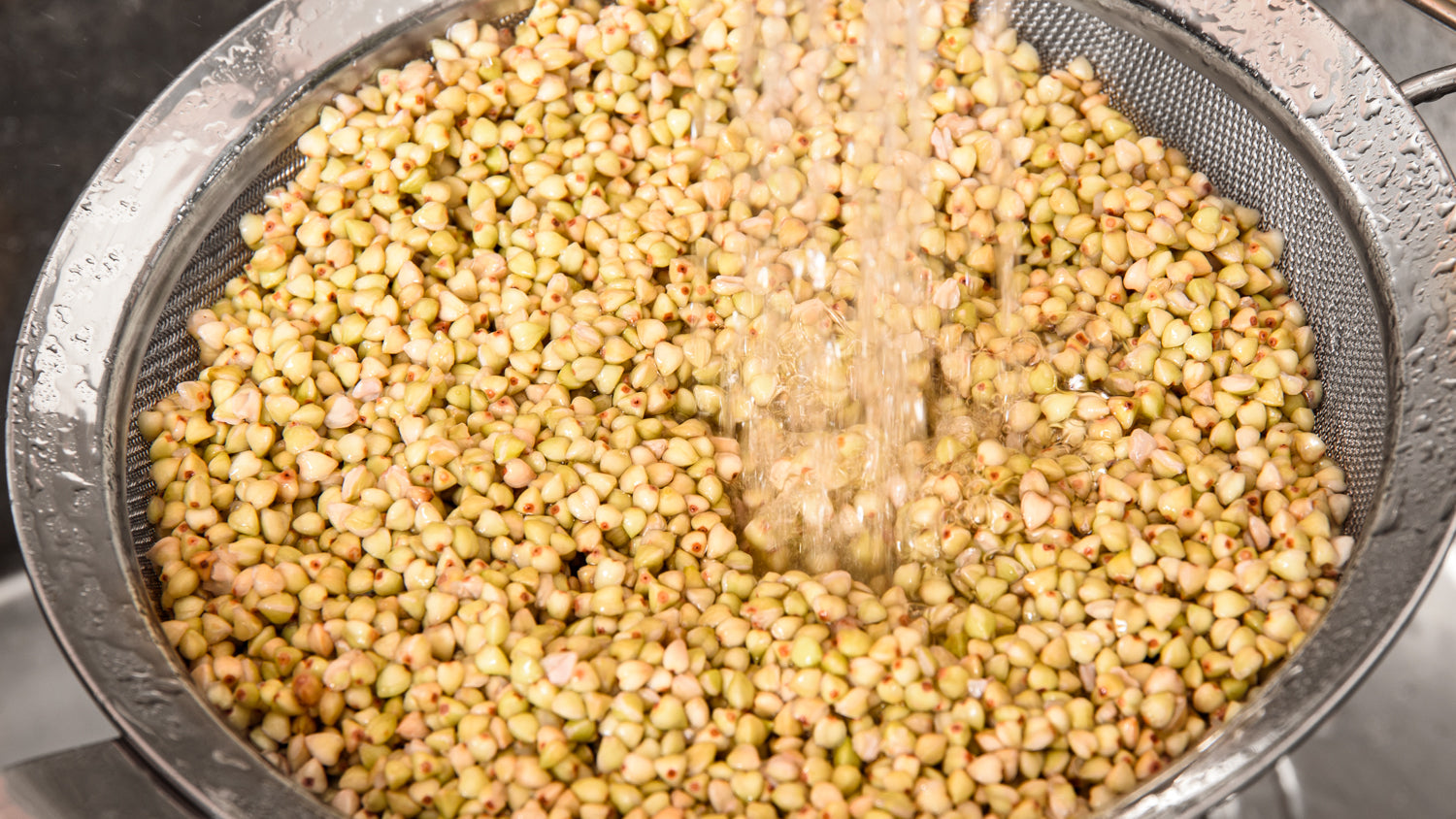First, second, third harvest - what's the difference

When tea is harvested, the way it is picked affects the taste of the tea. Because new leaves continue to sprout after others are picked, tea can be harvested 2 or 3 times a year.
First Harvest (Ichibancha)
Usually occurs in the spring, around April to May and is considered the best and most exclusive harvest. The leaves are young and contain a high content of chlorophyll and amino acids, especially L-theanine. The tea has a natural sweetness and a soft, full flavor without much bitterness. Matcha from the first harvest has an intense green color thanks to the high chlorophyll content.
Second Harvest (Nibancha)
Occurs in early summer, usually in June. The quality is still high, but not as fine as from the first harvest. The leaves are more mature and have a slightly lower content of L-theanine and chlorophyll. The taste is more robust and can have a slight bitterness, but with a certain sweetness remaining. The green color is still beautiful but somewhat more subdued compared to the first harvest.
Occurs in early summer, usually in June. The quality is still high, but not as fine as from the first harvest. The leaves are more mature and have a slightly lower content of L-theanine and chlorophyll. The taste is more robust and can have a slight bitterness, but with a certain sweetness remaining. The green color is still beautiful but somewhat more subdued compared to the first harvest.
Third Harvest (Sanbancha)
The final harvest takes place later in the summer, usually in late July to early August. This harvest is of lower quality compared to the first two. The leaves are significantly more mature and have a lower concentration of nutrients such as L-theanine. The tea has a stronger, more bitter taste and lacks the natural sweetness of the previous harvests. Matcha has a duller, yellowish green color, which is due to the lower chlorophyll content.
The final harvest takes place later in the summer, usually in late July to early August. This harvest is of lower quality compared to the first two. The leaves are significantly more mature and have a lower concentration of nutrients such as L-theanine. The tea has a stronger, more bitter taste and lacks the natural sweetness of the previous harvests. Matcha has a duller, yellowish green color, which is due to the lower chlorophyll content.
Matcha from both the first and second harvest can be drunk both as tea and latte, while we recommend that the third harvest be used in food, smoothies and baked goods, where the taste does not have to be as fine and delicate.




